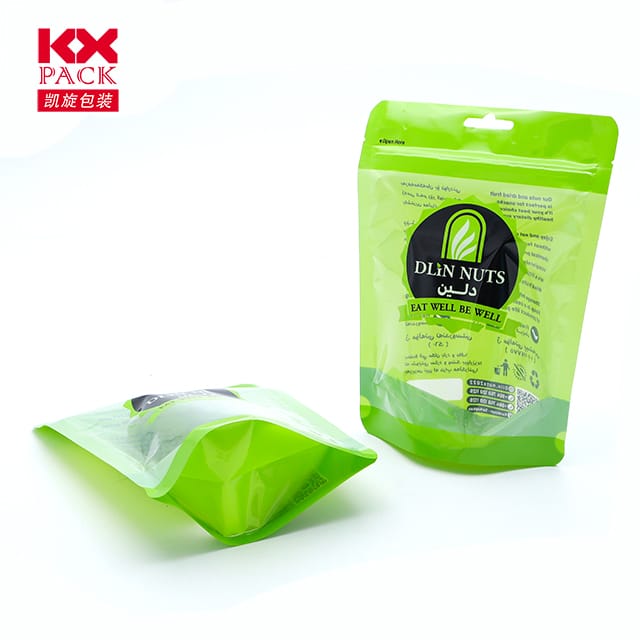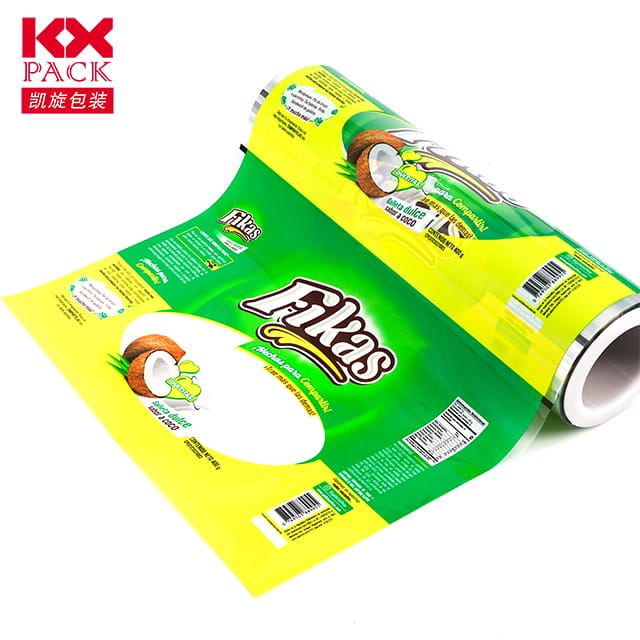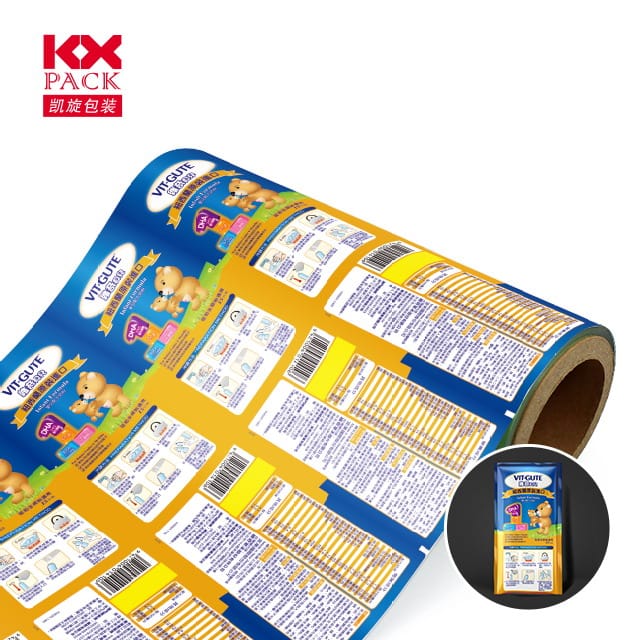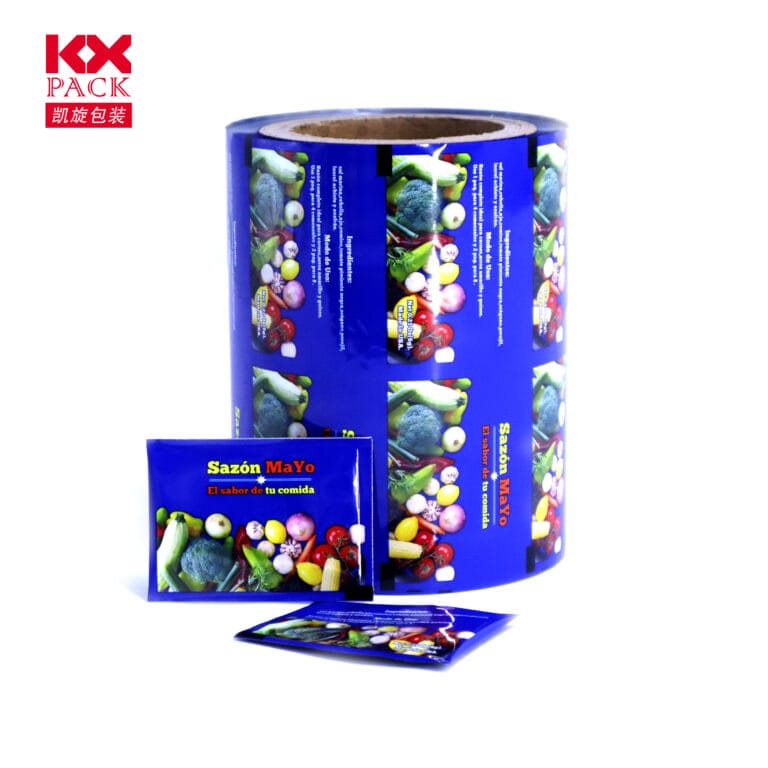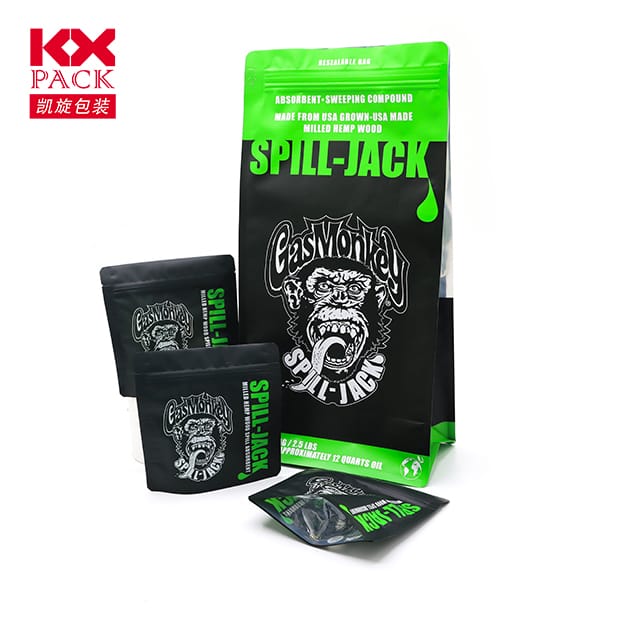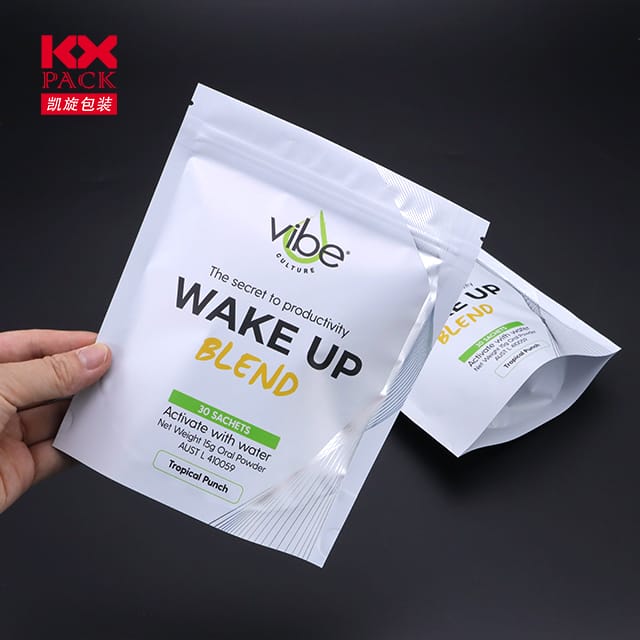Exploring PET Sealing Film: Mga makabagong ideya, Mga aplikasyon, and Market Trends
PET Sealing Film
In the realm of flexible packaging and laboratory sealing solutions, PET Sealing Film has emerged as a cornerstone material, renowned for its exceptional transparency, tibay, and adaptability across industries. This blog delves into the technical advancements, real-world applications, and evolving market dynamics of PET sealing films, offering insights for manufacturers, researchers, and consumers alike.
1. The Science Behind PET Sealing Film
PET (Polyethylene Terephthalate) sealing films are engineered through a precision biaxial stretching process, yielding a material with outstanding optical clarity, low haze, and high tensile strength. A 2024 study in theJournal of Mechanical Science and Technology highlighted how optimizing sealing parameters—such as temperature gradients and pressure—enhances bond integrity in multilayer polypropylene films, a principle equally applicable to PET variants.
Modern PET sealing films often incorporate composite layers. Halimbawa, a 2024 patent disclosed a tri-layer structure comprising:
- Outer PET Layer: Provides mechanical rigidity and heat resistance.
- VMPET (Vacuum Metallized PET) Layer: Enhances barrier properties against oxygen and moisture.
- Inner PE (Polyethylene) Blend Layer: Combines EVA, EAA, HDPE, and LLDPE to boost flexibility and adhesion.
This blend ensures the film maintains its seal at temperatures ranging from-80°C to 110°C, making it ideal for cryogenic storage and high-temperature sterilization.
2. Key Applications
A. Laboratory and Biomedical Sealing
In laboratories, PET sealing films are indispensable for PCR plates, deep-well plates, and enzyme-linked immunosorbent assay (ELISA) kits. Specialized variants, gaya ngSterile PET Sealing Films (DNase/RNase-free), prevent nucleic acid contamination, a critical requirement in molecular biology. For fluorescence-based assays, Optically Transparent PET Films minimize light scattering, ensuring accurate quantitative PCR (qPCR) readings.
B. Food and Pharmaceutical Packaging
The food industry leverages PET sealing films for their:
- High Barrier Properties: Reduces oxygen and moisture ingress, Pagpapalawak ng buhay sa istante.
- Printability: Allows for branding and traceability labels.
- Recyclability: Aligns with sustainability goals.
A 2024 market analysis byChinaIRN projected astable CAGR for food-grade PET packaging films, driven by demand for ready-to-eat meals and single-serve products.
C. Industrial and Electronics
Optical-grade PET films are used in:
- Display Panels: As anti-reflective coatings.
- Solar Modules: For encapsulation to enhance durability.
- Lithium-Ion Batteries: As separator membranes.
3. Market Trends and Innovations
A. Sustainability Focus
Global PET film manufacturers are shifting toward:
- Bio-Based Feedstocks: Reducing reliance on fossil fuels.
- Enhanced Recyclability: Developing mono-material structures for easier sorting.
- Thinner Gauges: Lowering material usage without compromising performance.
B. Smart Packaging Integration
Emerging “intelligent” PET films incorporate indicators that change color in response to:
- Temperature Fluctuations: Alerting to spoilage in cold-chain logistics.
- Gas Leakage: Detecting oxygen ingress in modified atmosphere packaging (MAPA).
C. Regional Market Dynamics
- Asia-Pacific: Dominates production, with China accounting for over 40% of global capacity.
- Europe: Leads in R&D for high-performance optical films.
- North America: Prioritizes regulatory compliance in medical and food sectors.
4. Challenges and Future Outlook
Despite its advantages, the PET sealing film industry faces hurdles:
- Raw Material Volatility: Fluctuations in PTA and ethylene glycol prices impact costs.
- Technological Disruption: Rival materials like BOPET (Biaxially Oriented Polyethylene Terephthalate) and PLA (Polylactic Acid) pose competition.
- Regulatory Pressures: Stringent environmental laws demand eco-friendly alternatives.
Gayunpaman, innovations inbarrier coatings, nanotechnology-enhanced films, athybrid materials position PET sealing films for continued growth. Sa pamamagitan ng 2031, the global optical-grade PET film market is forecasted to reach$24.32 billion (CAGR 3.9%), perQYResearch.
Konklusyon
PET sealing films exemplify the intersection of material science and industrial demand. From safeguarding lab samples to preserving food freshness, their versatility remains unmatched. As the industry navigates sustainability imperatives and technological shifts, PET will likely retain its dominance—provided manufacturers innovate responsibly.
For stakeholders, staying abreast of advancements inlayer engineering, recycling technologies, atsmart packaging will be key to capitalizing on this dynamic market.
What are your thoughts on the future of PET sealing films? Share your insights below! 🌍🔬📦

